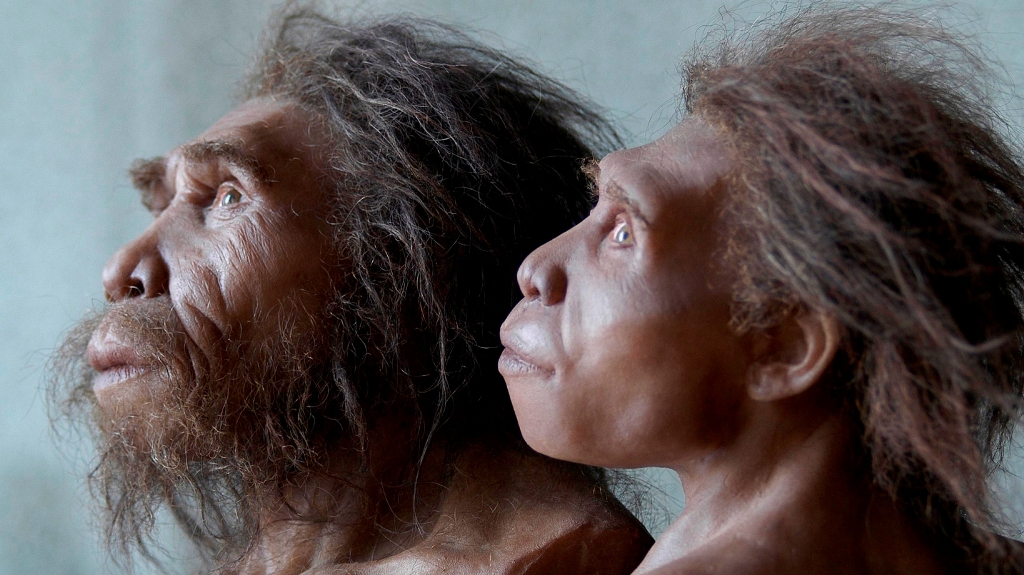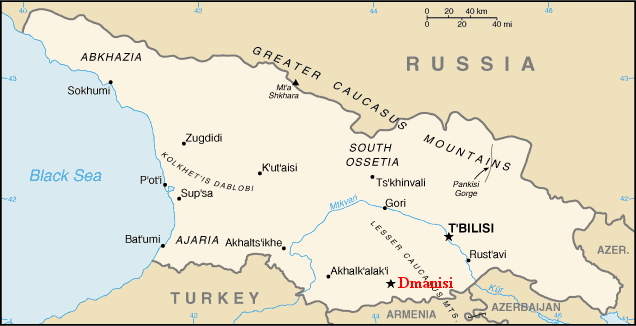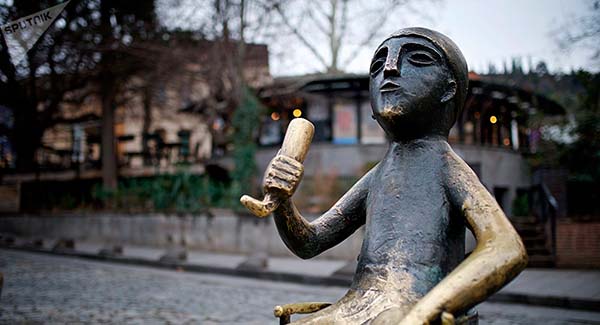A 1.8-million-year-old skull blends features of a number of early human species

A series of stunning discoveries is challenging the conventional view that Africa is the sole cradle of humankind. Scientists have found a number of ancient human skulls at an archaeological site near the village of Dmanisi (Georgian: დმანისი) in Georgia that suggest a Eurasian chapter in the evolutionary story of mankind. Two have been given the oldest Georgian names, Zezva and Mzia (Georgian: ზეზვა და მზია).

A newly discovered skull, some 1.8 million years old, has rekindled debate over the identity of humanity’s ancient ancestors. In 1990s, a discovery was made by Georgian National Museum anthropologist David Lordkipanidze. Experts believe the fossilized bones date to about 1.8 million years ago and are the oldest indisputable remains of humans discovered outside of Africa. The Dmanisi hominins were about 1.4 meters (4 feet 9 inches) tall, with small brains and legs more developed than their arms, showing that they were good runners.
The ability to run fast would have been very useful as they lived alongside predators like saber-toothed tigers, whose skulls have also been found at the site.

More information here: https://www.nationalgeographic.com






